How do people consume advertising?
Below are some slides I used when I was asked to give a talk at my agency on how people consume advertising.
I've borrowed heavily throughout, and I'm more than happy for you to do so in turn.
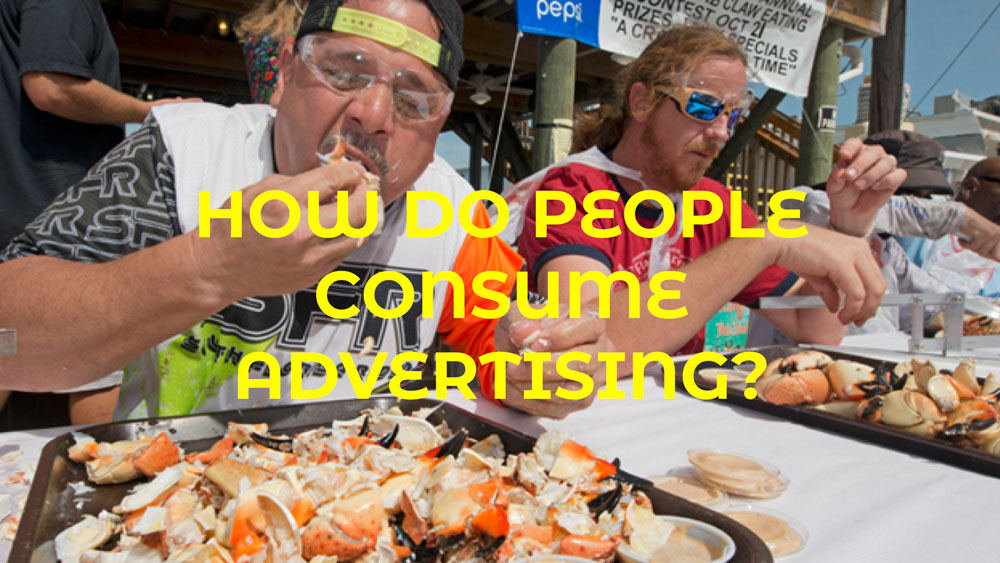
This video has been doing the rounds lately.
We know we're watching it here to say WTF? but if we're honest it's pretty easy to imagine people in the agency or our clients whooping along in a room like this. Impossible to imagine your plumber doing it.
Looks like a cult.
We know we're watching it here to say WTF? but if we're honest it's pretty easy to imagine people in the agency or our clients whooping along in a room like this. Impossible to imagine your plumber doing it.
Looks like a cult.
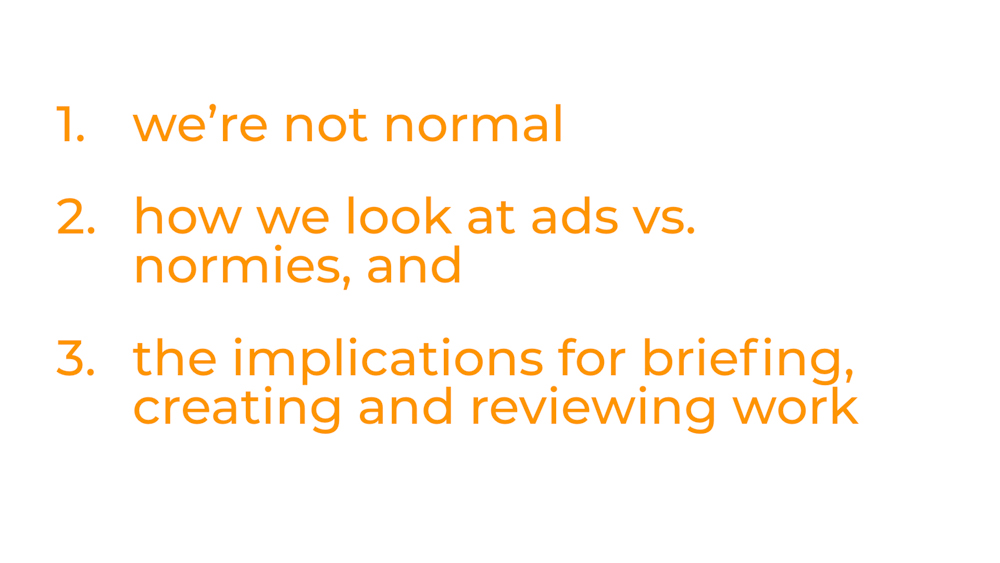
Which brings us to our topics for today.
The video above should be enough for point 1 but let's hammer the point regardless.
I don't say 'normies' here to be pejorative, it's just a convenient shorthand. Don't be a pedantic Clever Chap™ about "what does normal mean?" - you know exactly what I mean.
The video above should be enough for point 1 but let's hammer the point regardless.
I don't say 'normies' here to be pejorative, it's just a convenient shorthand. Don't be a pedantic Clever Chap™ about "what does normal mean?" - you know exactly what I mean.
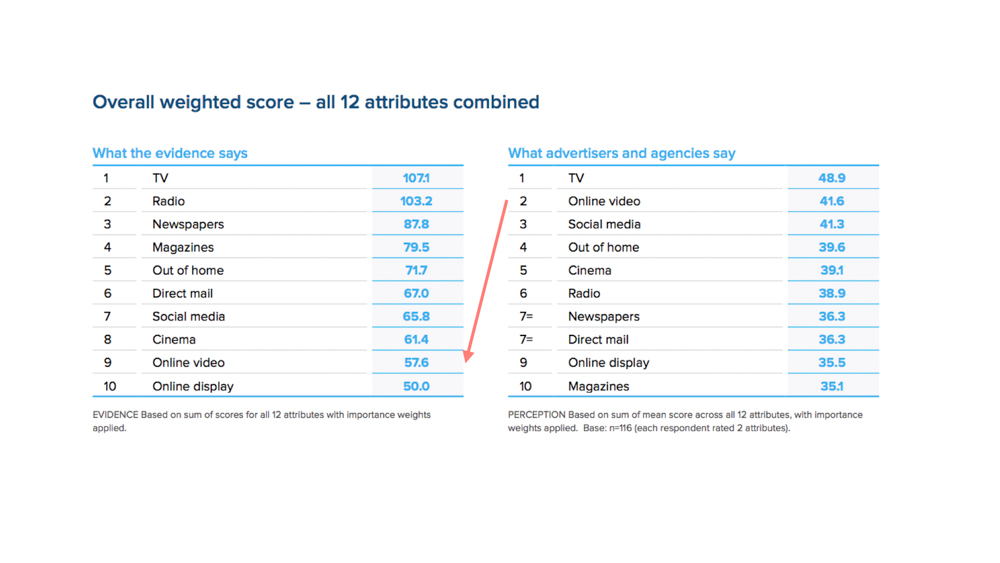
This is taken from the Ebiquity + Radiocentre research Re-evaluating media: What the evidence reveals about the true worth of media for brand advertisers. The radio people do a good job of not making it sheer propoganda for their vested interest, so I reckon the data is trustworthy enough.
You can download the PDF of the report here.
The point here is we're supposed to be the experts in this stuff - we have so much data on media consumptiona and effectiveness but we have no idea how relatively effective it all is.
The arrow here isn't to have a specific dig at digital: the channel isn't the problem here, just what we have done within it.
You can download the PDF of the report here.
The point here is we're supposed to be the experts in this stuff - we have so much data on media consumptiona and effectiveness but we have no idea how relatively effective it all is.
The arrow here isn't to have a specific dig at digital: the channel isn't the problem here, just what we have done within it.
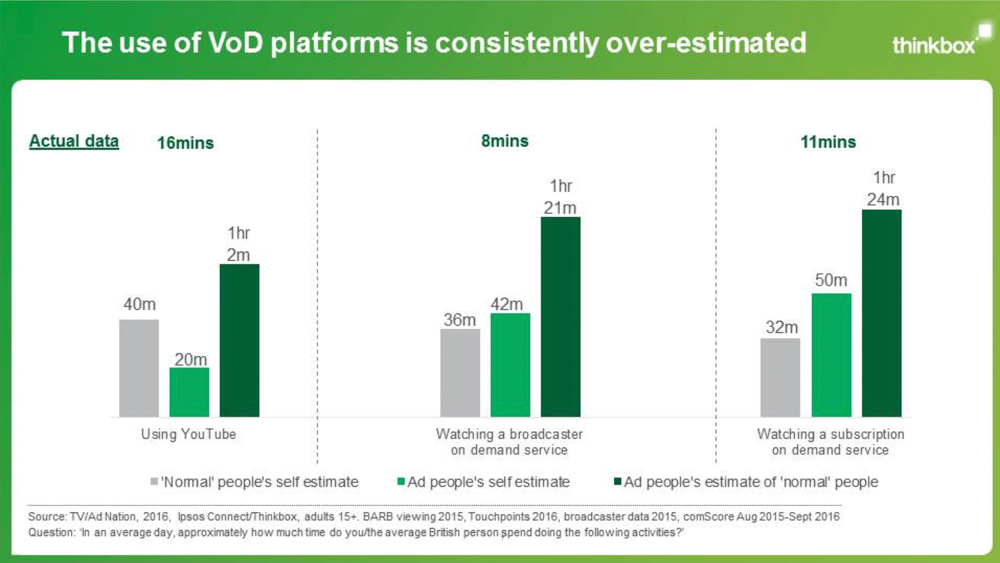
And then this from Thinkbox + Ipsos - TV Nation / Ad Nation: attitudes, behaviours and motivations.
You can access the report here.
You can access the report here.
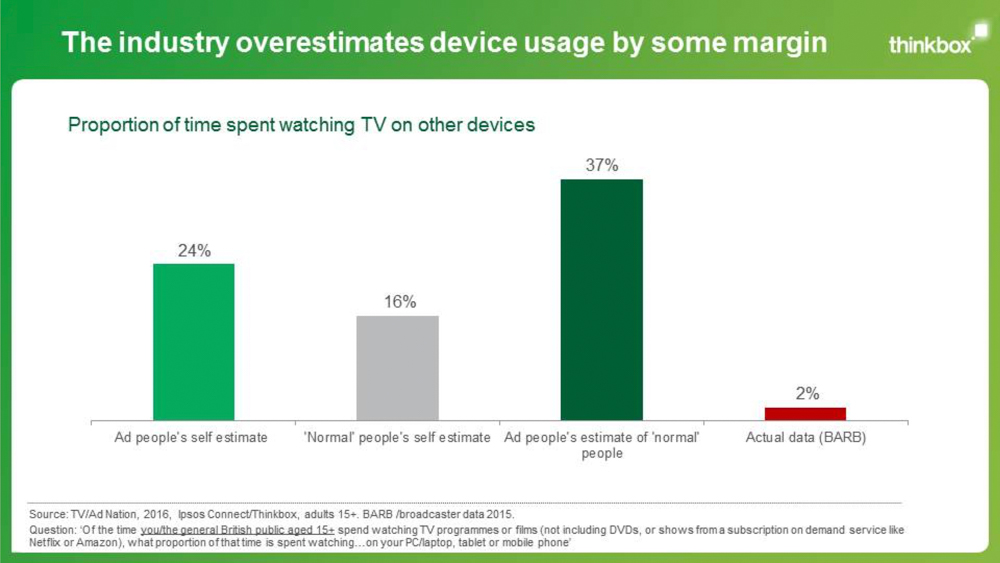
Despite all the data rhetoric, we don't seem to be very good at learning from it. Our perception of regular people's media habits is wildly inflated. How could we be so out of touch?

Probably because our media habits are so different to theirs - they have to be to an extent to do our job.
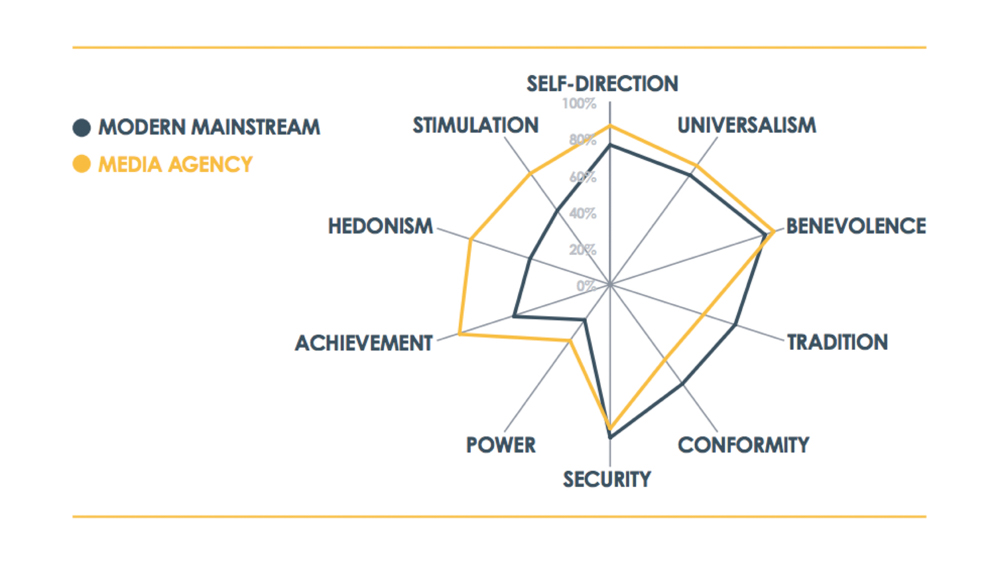
And another chart from Reach Solutions - Why We Shouldn't Trust Our Gut Instinct.
You can download the PDF of the report here.
Spider charts can be very dangerous in the wrong hands, but @thetenzer has used them here to great effect. Just look at the shapes. This compares normal people and media people self reporting on their own values. Not THAT different.
You can download the PDF of the report here.
Spider charts can be very dangerous in the wrong hands, but @thetenzer has used them here to great effect. Just look at the shapes. This compares normal people and media people self reporting on their own values. Not THAT different.
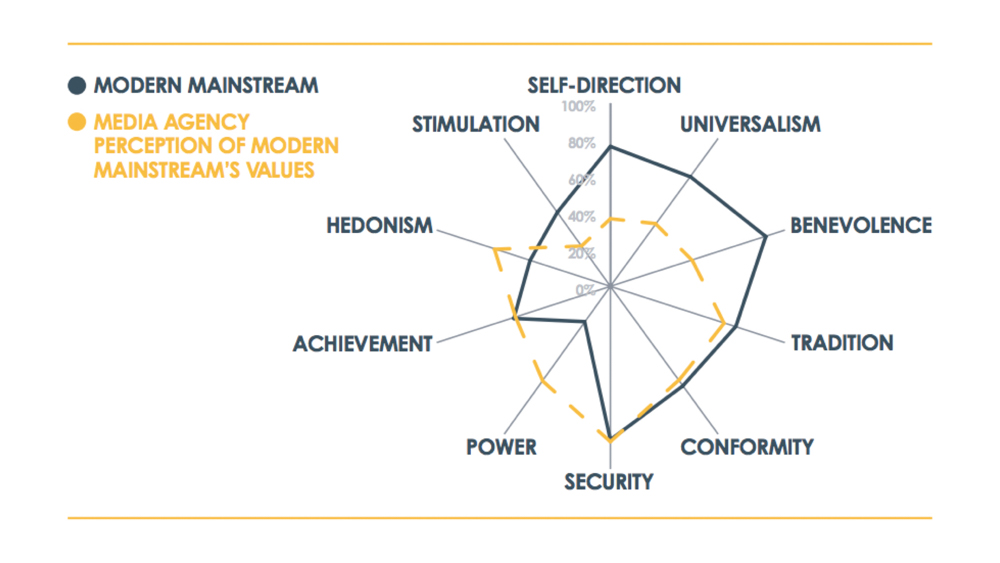
But then when you ask the media people what they think normal people value they have no fucking idea. Completely different shape.

Because we're a completely different shape to our real audience. We're starting to look more and more like our false audience though - the client boardroom.
This slide stolen shamelessly from @mweigel and his brilliant Escape from Fantasy.
This slide stolen shamelessly from @mweigel and his brilliant Escape from Fantasy.
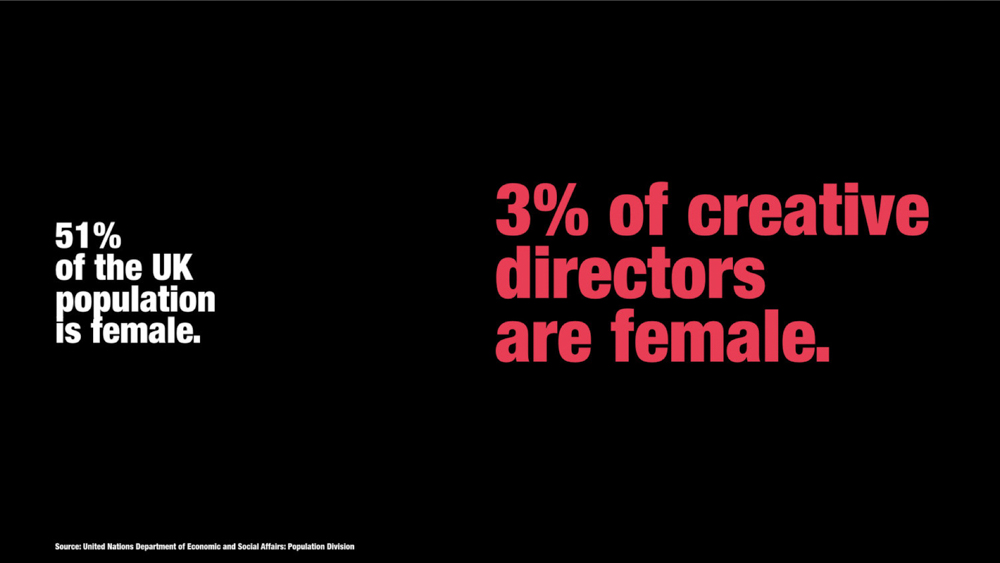

So, despite all the evidence available to us, we have no idea how people really consume advertising. There's no excuse for this.

I think the truth is we ike it up here. Listen to the way advertising people talk about their audience behind closed doors and there isn't a lot of respect there.
The ad industry is becoming more of a place for professionalists than professionals. Too LinkedIn-esque.
But what is the effect of living up here on the work? Of course I mean on the effectiveness, but selfishly I also mean on how good it is and how fun it is to make.
The ad industry is becoming more of a place for professionalists than professionals. Too LinkedIn-esque.
But what is the effect of living up here on the work? Of course I mean on the effectiveness, but selfishly I also mean on how good it is and how fun it is to make.
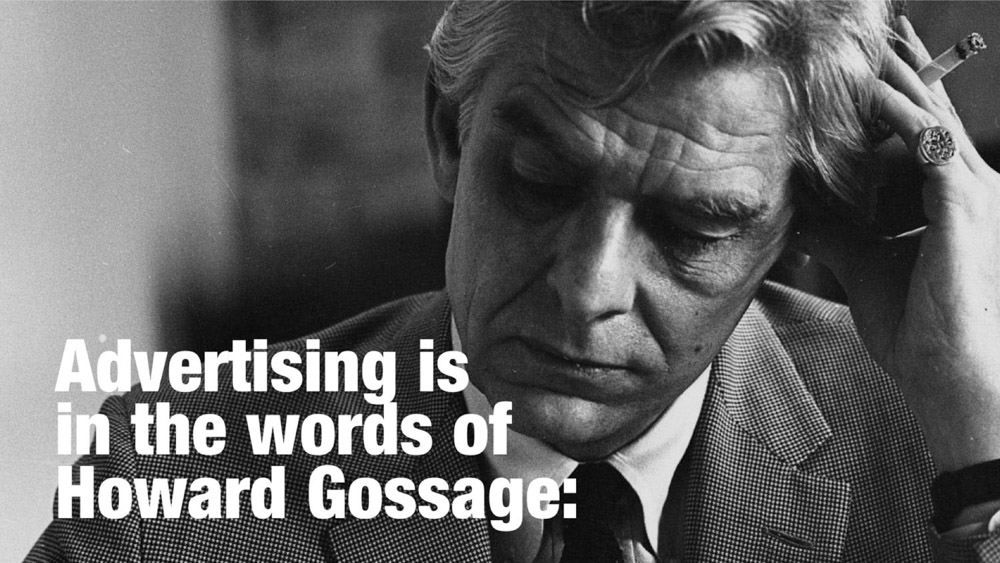
This slide stolen shamelessly from @mweigel and his brilliant Escape from Fantasy.
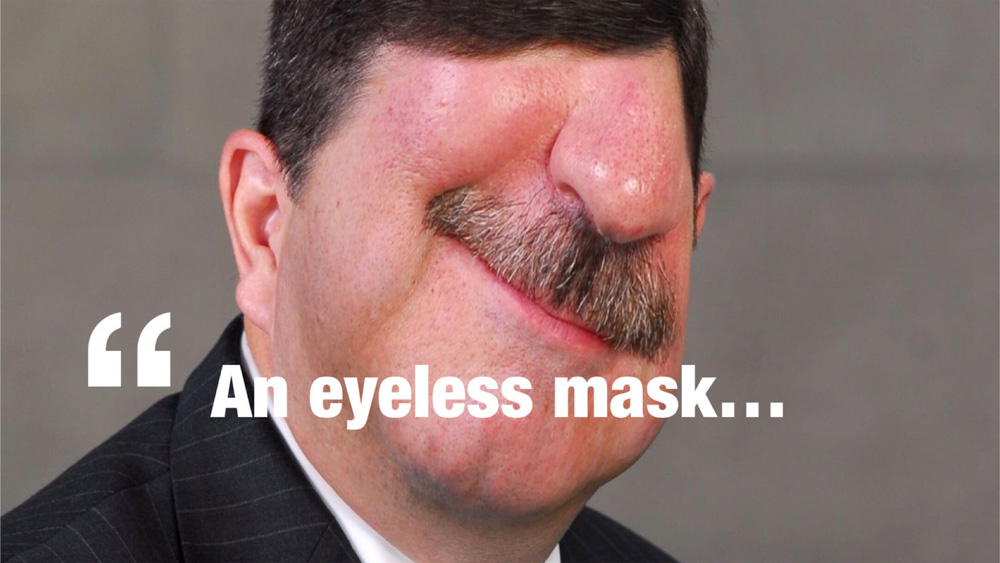
This slide stolen shamelessly from @mweigel and his brilliant Escape from Fantasy.
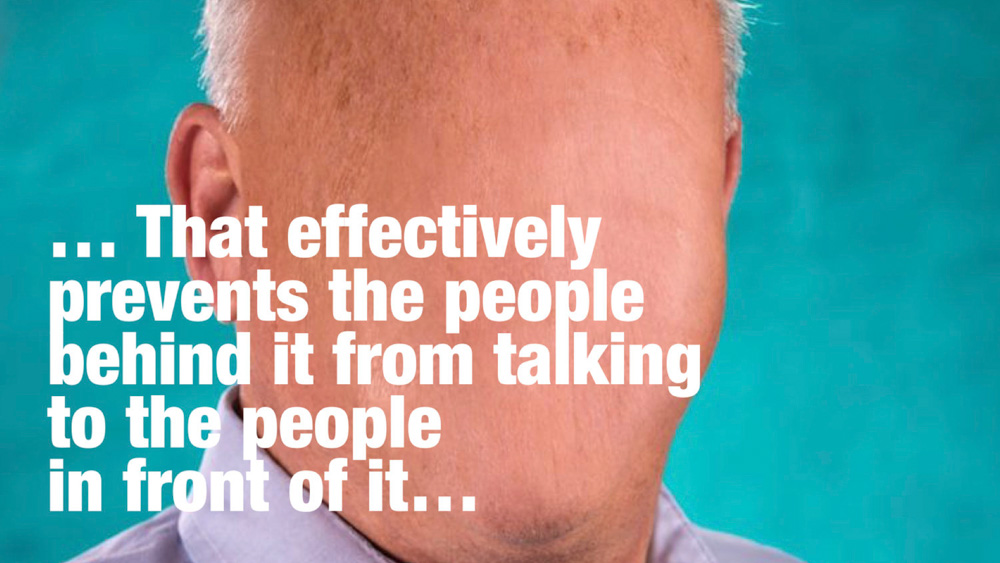
This slide stolen shamelessly from @mweigel and his brilliant Escape from Fantasy.

This slide stolen shamelessly from @mweigel and his brilliant Escape from Fantasy.
And this is the result. It's a bit of a dick move to point out an ad as being shit. REI Co-op do some cool stuff. But this is just one of those awful "planners deck set to an 'emotive track'" spots. And I needed a counter example in the same category as the great spot below.
How could we possibly have thought that anyone would be interested in this?
How could we possibly have thought that anyone would be interested in this?
On the other hand this is brilliant and all too uncommon.
This is consumable. The one above is inedible.
This is consumable. The one above is inedible.

But we're seeing more and more planner-deck-ads made for the board than we are fun, silly, entertaining, memorable and culturally relevant ones.

And look at the results of losing focus on and touch with the only audience that should matter.
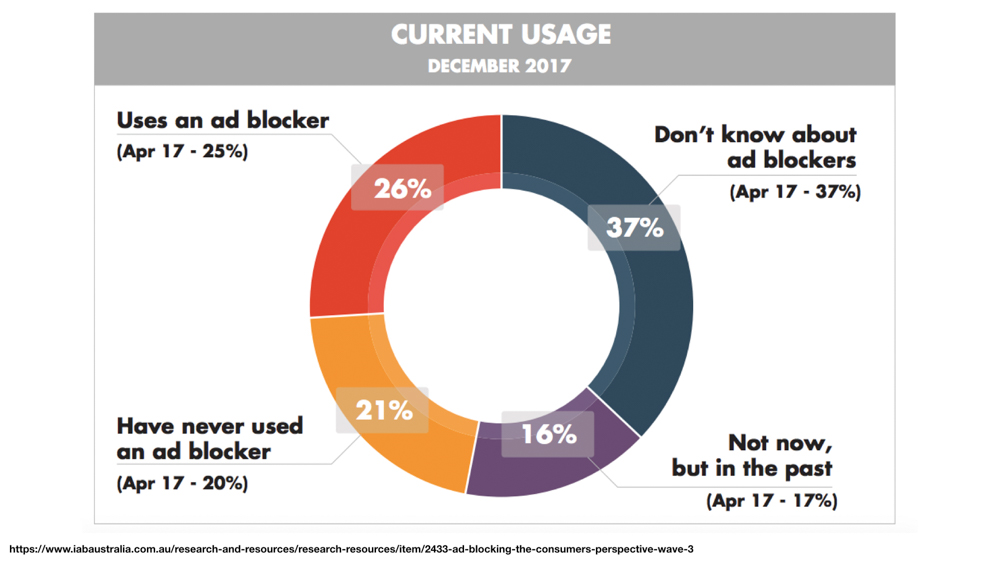
IAB data from 2017 in Australia.
You can access the report here.
A quarter of the population has gone to more effort than they usually would to ever "engage" with a brand on social media to block us.
You can access the report here.
A quarter of the population has gone to more effort than they usually would to ever "engage" with a brand on social media to block us.
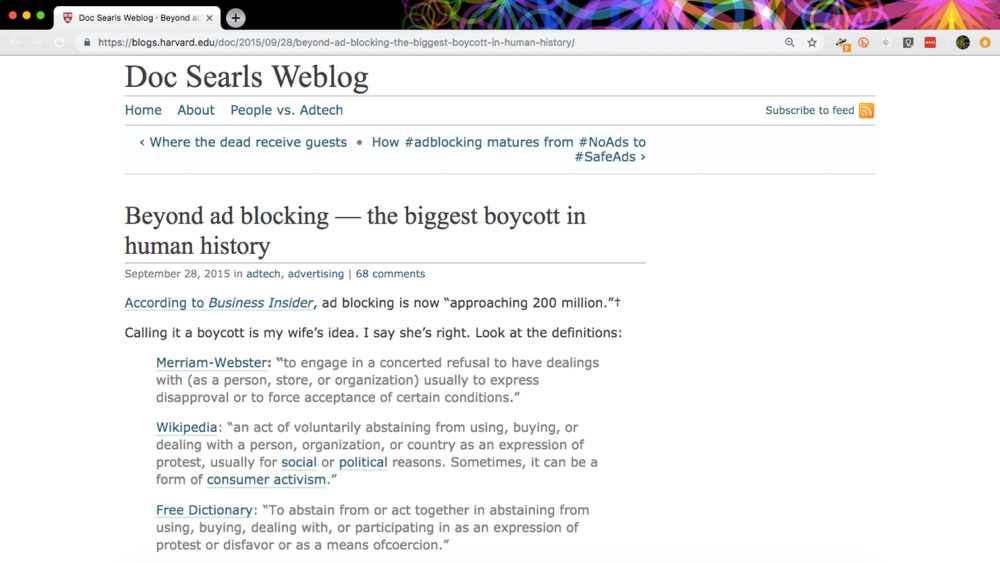
Doc Searls called it waaaaaaaaaay back in 2015 calling ad blocking the "biggest boycott in human history".
How did an industry so apparently obsessed with "deep insights" and "universal human truths" get it so fucking wrong that more people have collectively told us to fuck off than anyone or thing that has gone prior?
How did an industry so apparently obsessed with "deep insights" and "universal human truths" get it so fucking wrong that more people have collectively told us to fuck off than anyone or thing that has gone prior?

So we're not normal and we're completely out of touch.
Great.
Let's take a look at how people really consume ads then, if at all.
Great.
Let's take a look at how people really consume ads then, if at all.
Just watch the video pretending that you don't know this is all about advertising.
If you're wondering the track is "Too dumb to die" by Cosmic Psychos.
If you're wondering the track is "Too dumb to die" by Cosmic Psychos.
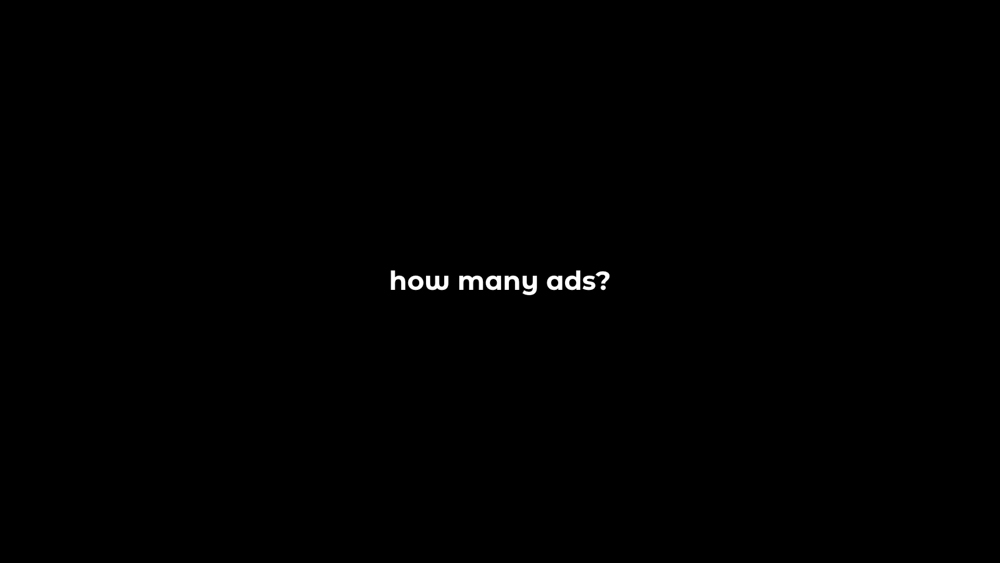
Or, if you were paying too much attention, how many ads do you reckon the people actually behind the wheel noticed?
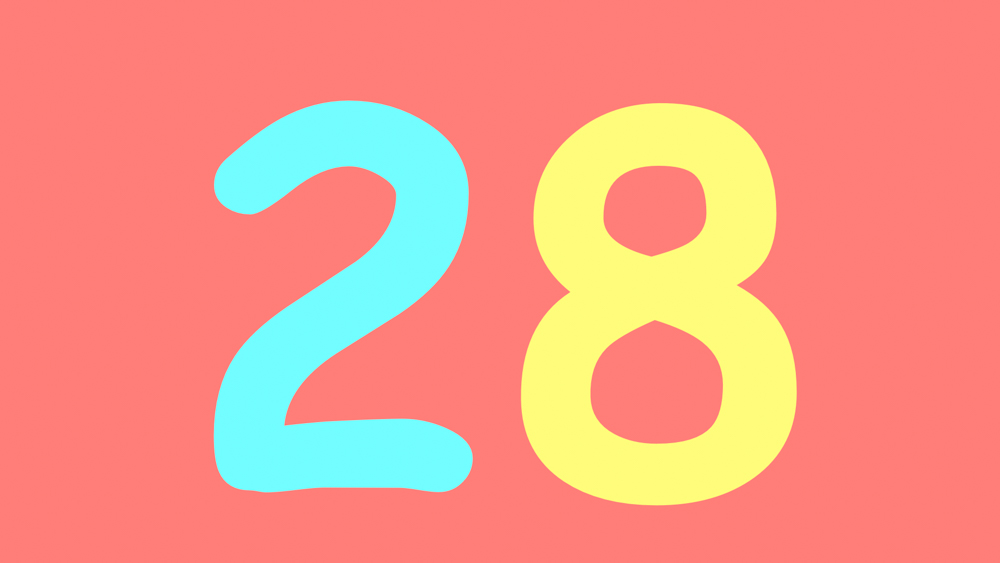
Twenty-bloody-eight!
That's not including shop signage, car livery or hoarding.
How many brands can you name from those 28 spots?
That's not including shop signage, car livery or hoarding.
How many brands can you name from those 28 spots?
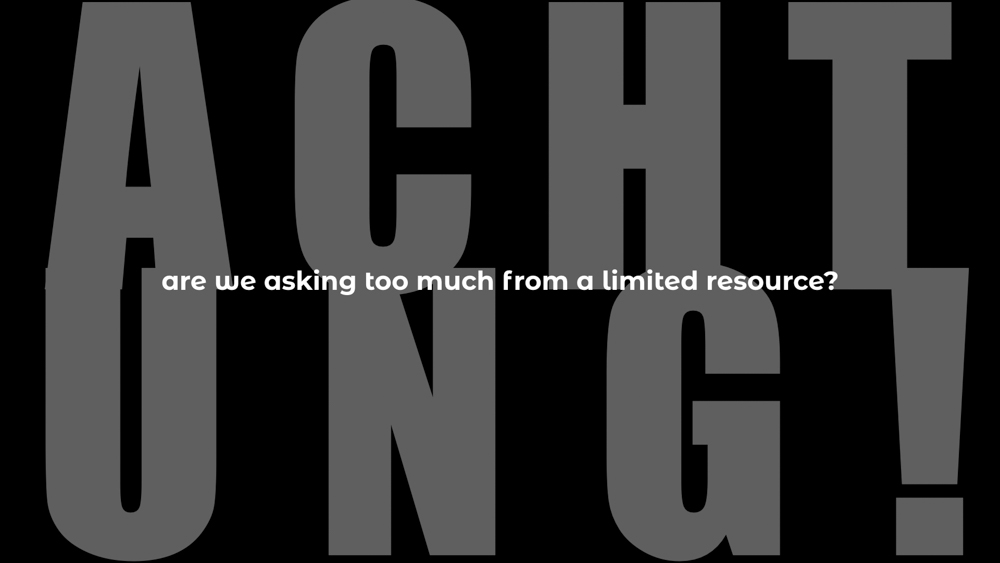
And we seriously have to question why asking to make the logo bigger is the faux pas we've made it out to be.
Who are we designing for?!
Who are we designing for?!
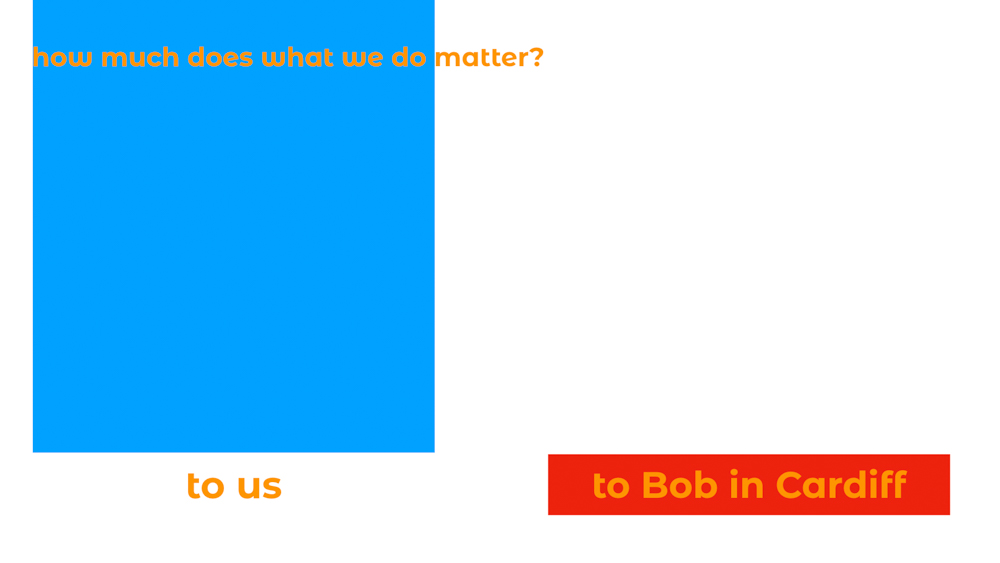
We all know this, but we don't feel it deeply enough in our bones for it to make a difference in the work we produce.
*Substitute Cardiff for any outer suburb that makes sense to you. For context I'm talking about the Cardiff in Newcastle, Australia - not Wales.
*Substitute Cardiff for any outer suburb that makes sense to you. For context I'm talking about the Cardiff in Newcastle, Australia - not Wales.
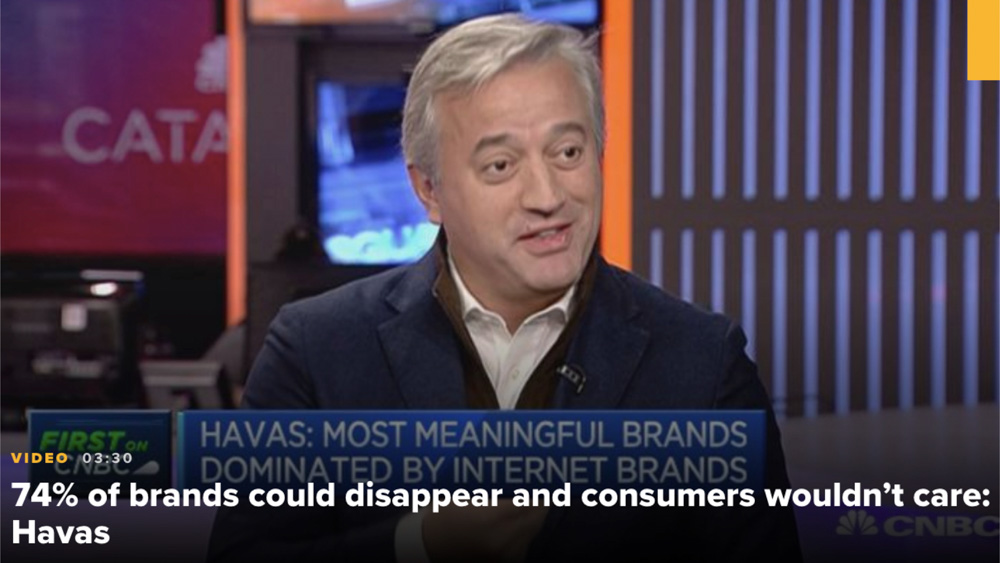
74% sounds like a conservative estimate to me.
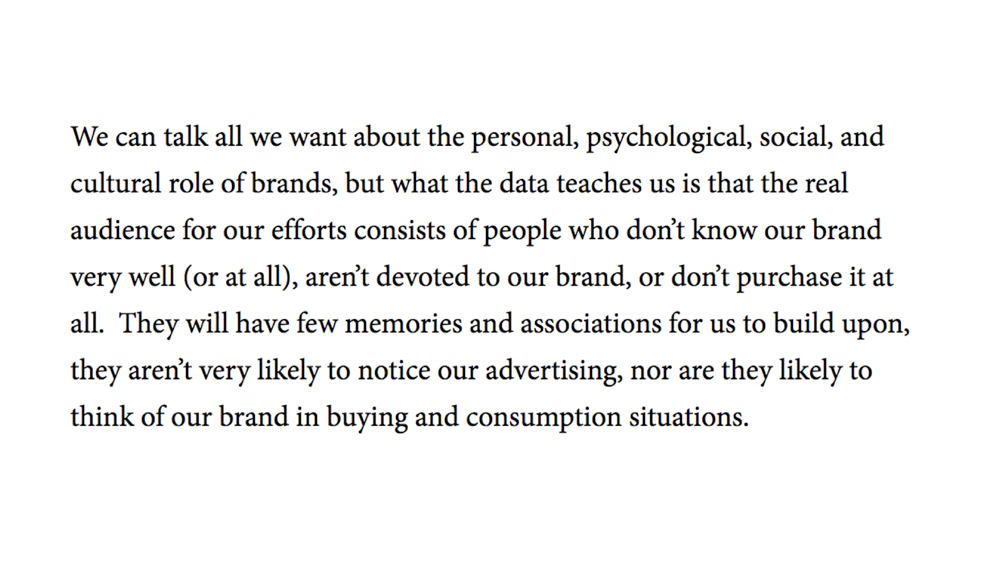
This text stolen shamelessly from @mweigel and his also brilliant The Liberation Of Magic.

So what's the point then?
Do we pack it all in? Give up?
Is advertising dead?
Do we pack it all in? Give up?
Is advertising dead?
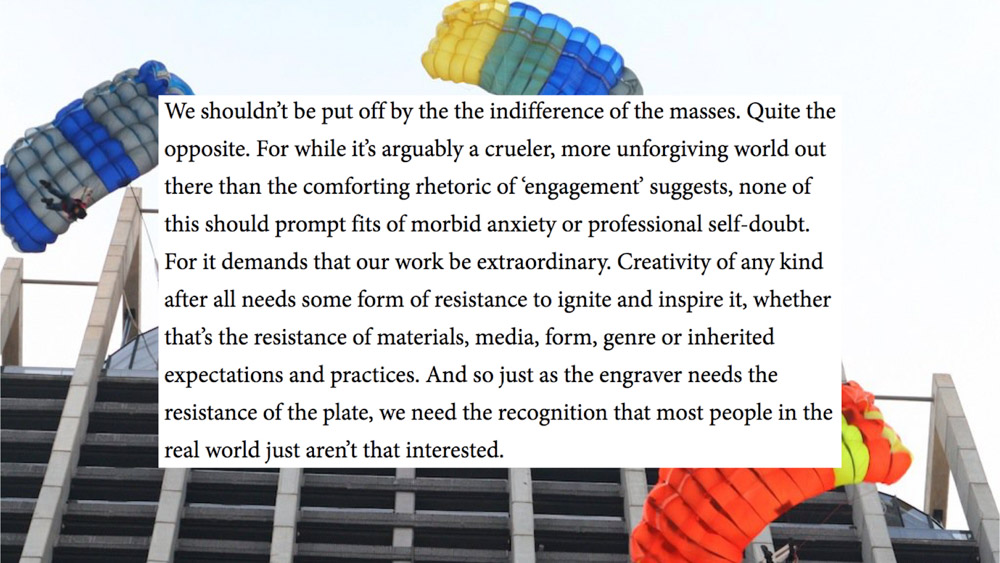
Of course not.
This text stolen shamelessly from @mweigel and his also brilliant The Liberation Of Magic.
This text stolen shamelessly from @mweigel and his also brilliant The Liberation Of Magic.
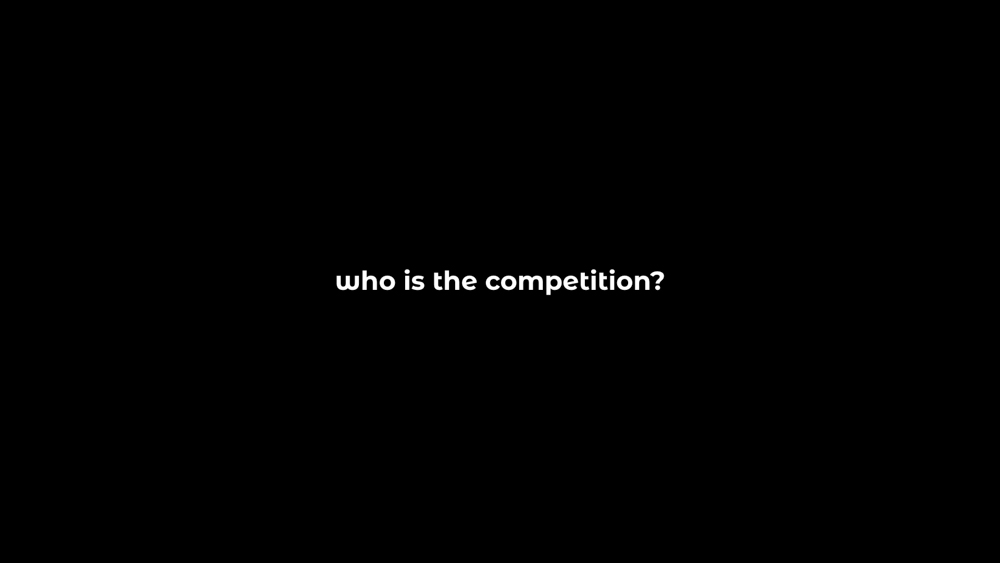
Not content to lose touch with our audience we've also lost touch with who our competition is.
Ask people in the agency who the competition is for a major client and they'll rattle off a list of similar companies.
Ask people in the agency who the competition is for a major client and they'll rattle off a list of similar companies.
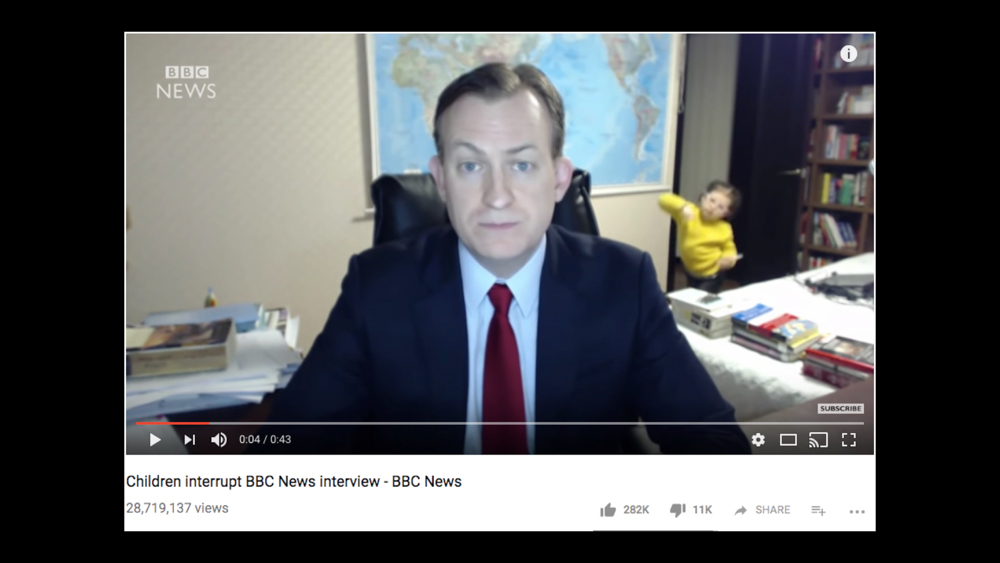
But those companies are our client's business competitors. They're not our competitors.
We have to compete with this...
We have to compete with this...
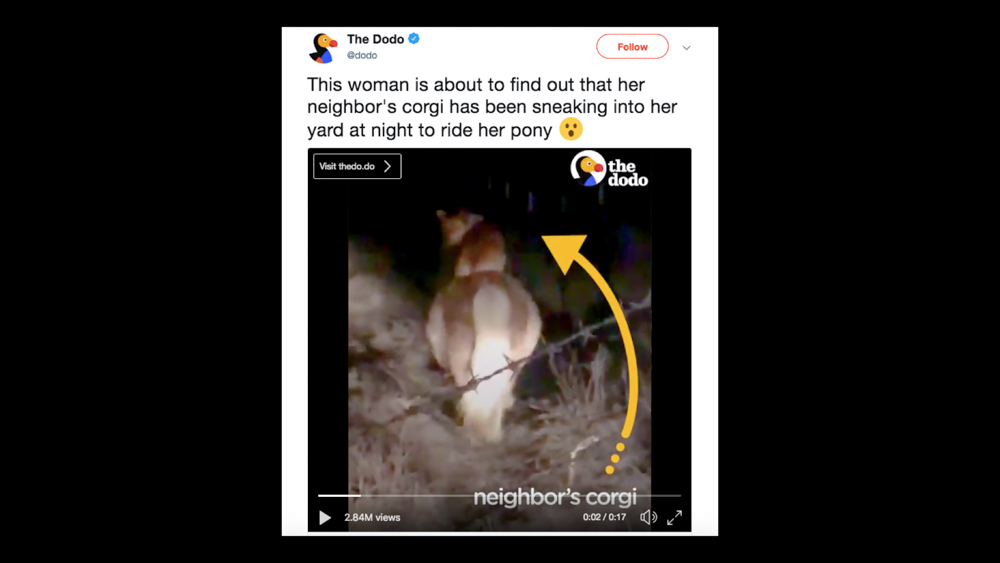
...and this...

...and this...
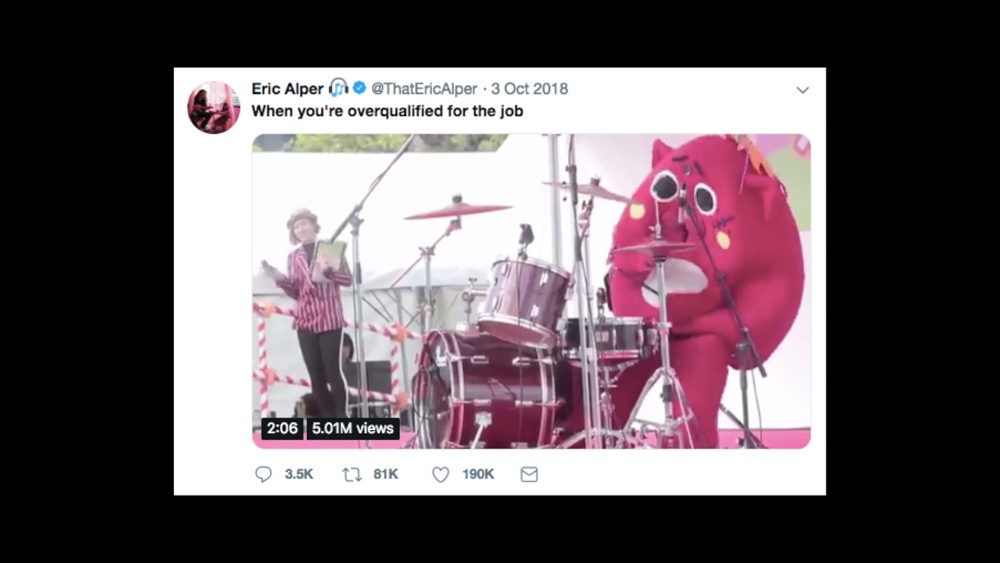
...and this...
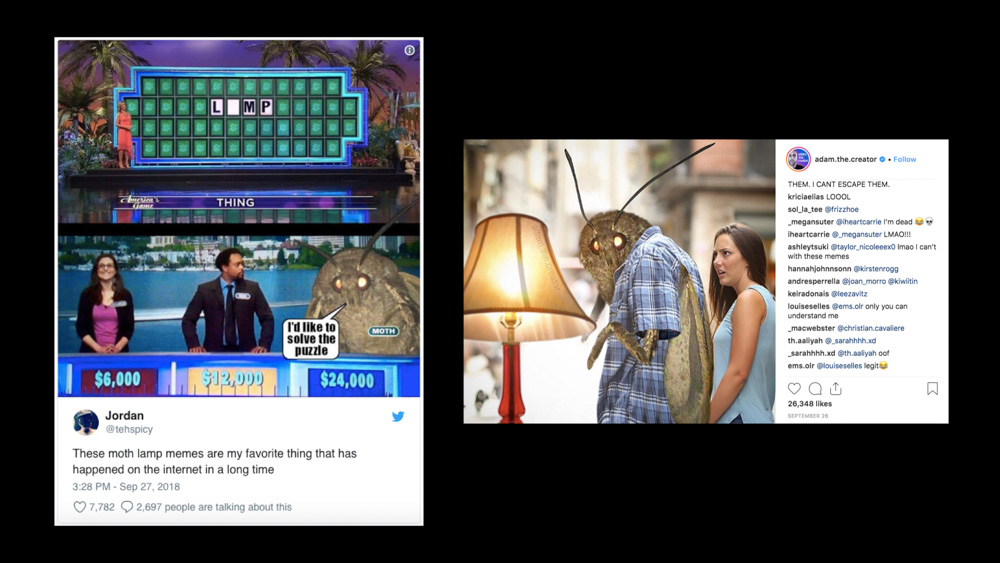
...and this...

...and this...
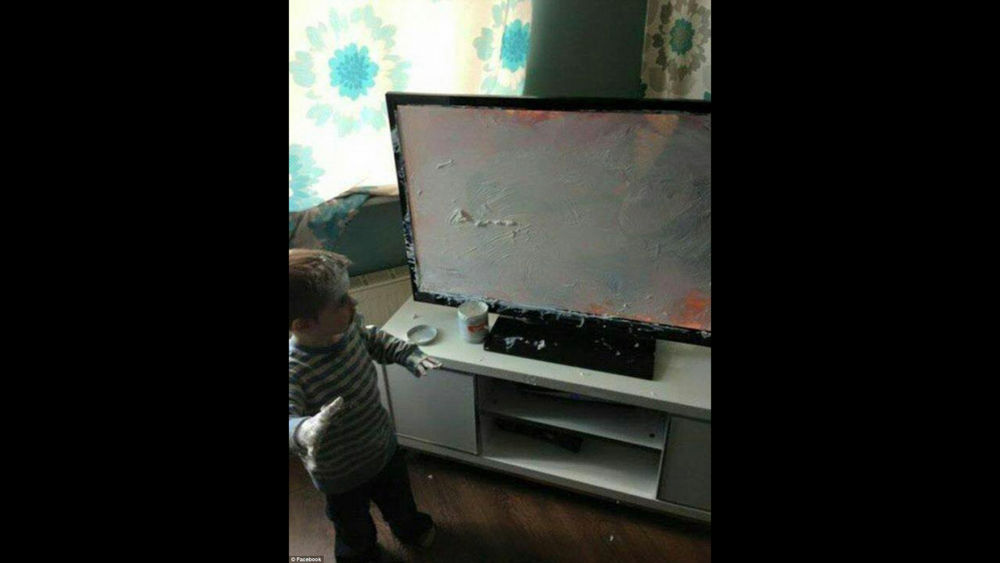
and be seen, heard and remembered above this...

...and this...
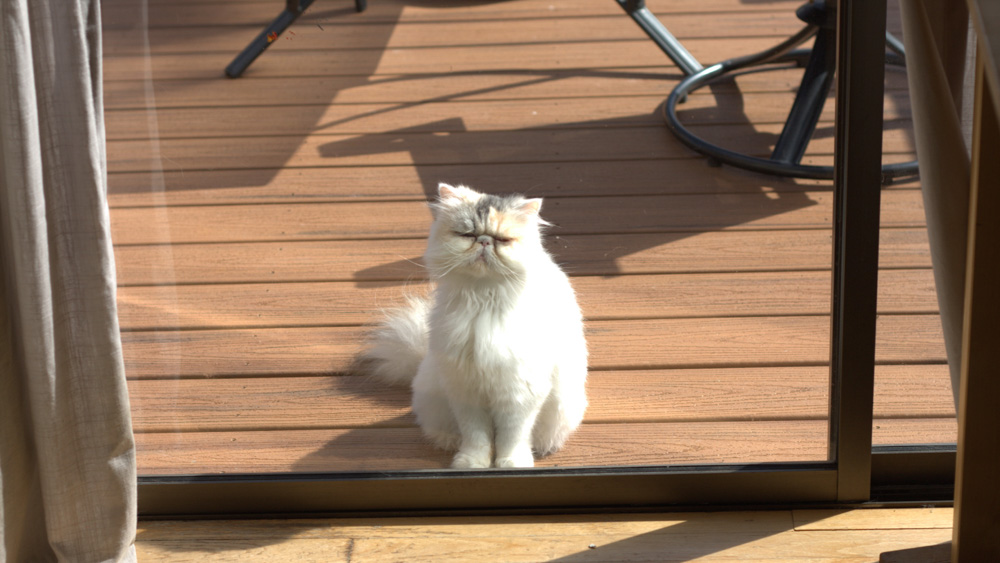
...and this.

So why on earth do we keep doing this?
The art directors who worked on these spots will probably be able to tell you what makes all these ads so different, unique and on-brand but my mum bloody-well couldn't.
The art directors who worked on these spots will probably be able to tell you what makes all these ads so different, unique and on-brand but my mum bloody-well couldn't.
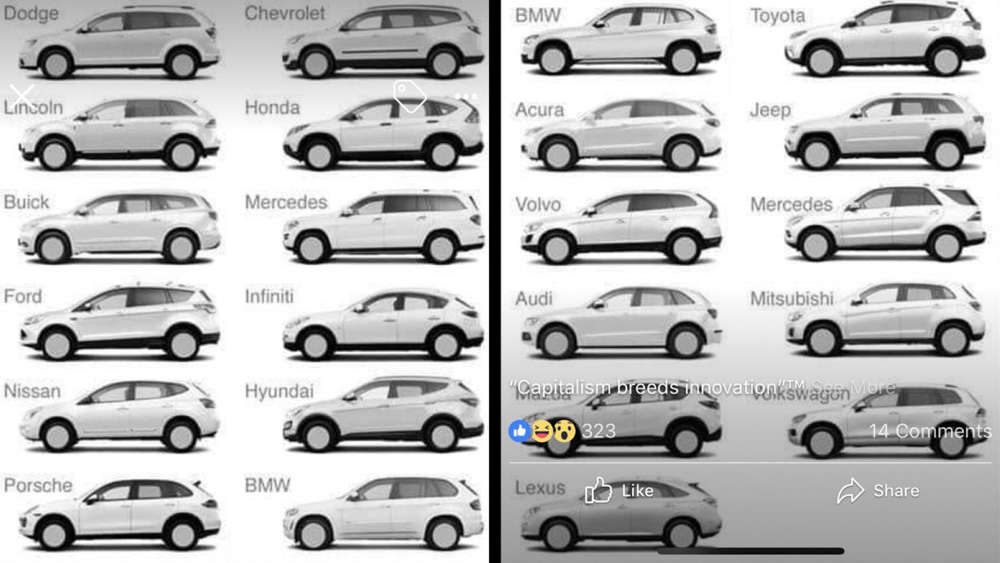
No comment.

We think our job is to make things beautiful. But optimising for beauty merely forces us to converge to sameness.
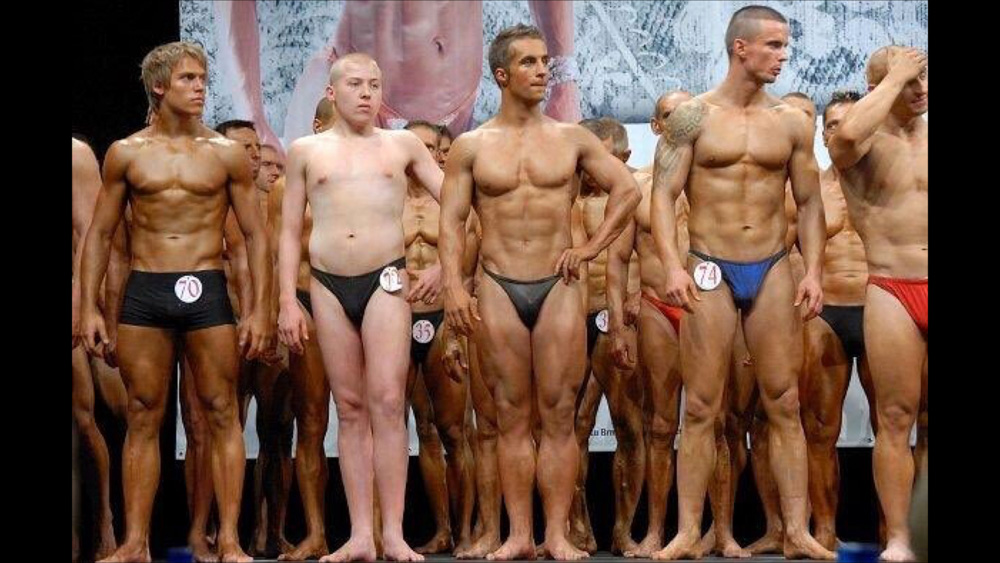
This is what we're supposed to be doing.
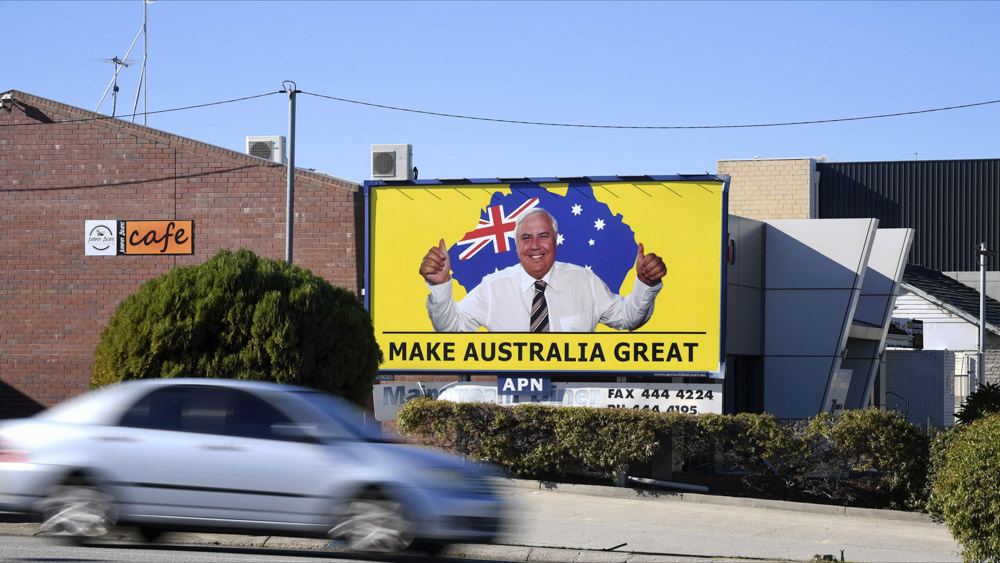
N O T A N E N D O R S E M E N T.
But it is interesting how much more cut-through you can achieve when you drop all the pretension.
But it is interesting how much more cut-through you can achieve when you drop all the pretension.
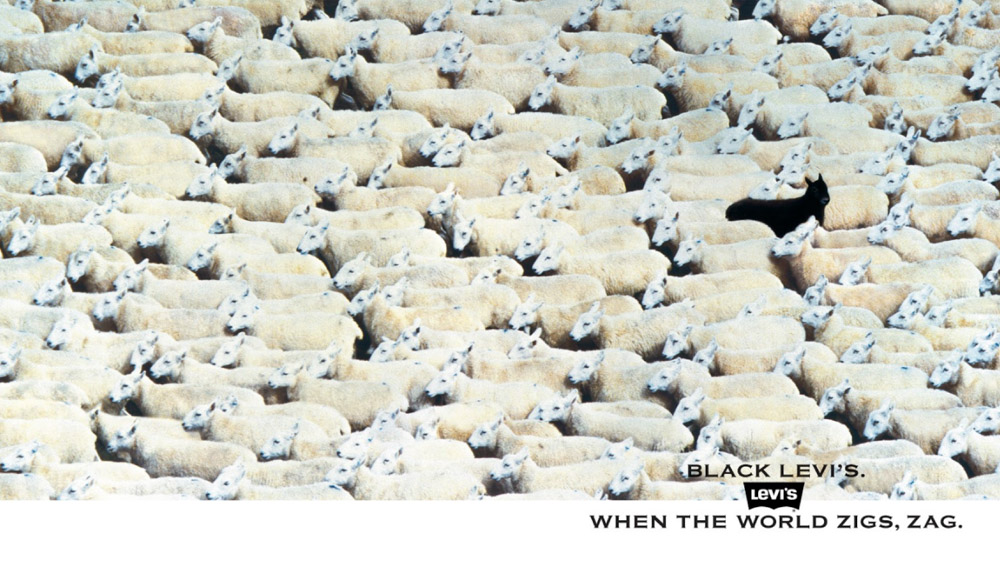
And of course there are nicer ways of doing it.
That being said the world is a lot noisier than when this ran.
That being said the world is a lot noisier than when this ran.
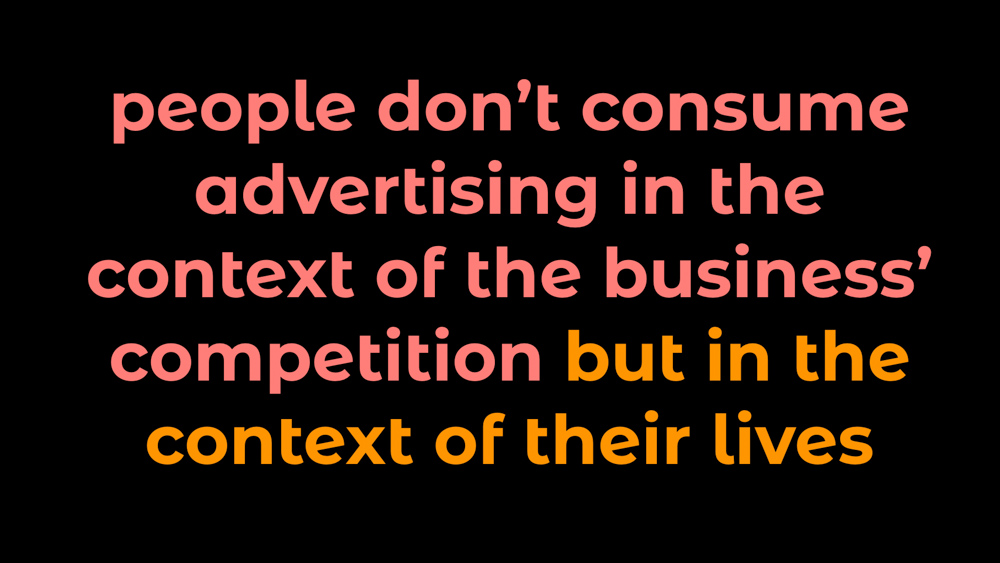
Don't show clients your ads in the context of their competitors ads - they'll always think they're so much better. Put them up against culture.
It actually makes it easier to sell good work when you help the client realise how hard it has to really work.
It actually makes it easier to sell good work when you help the client realise how hard it has to really work.
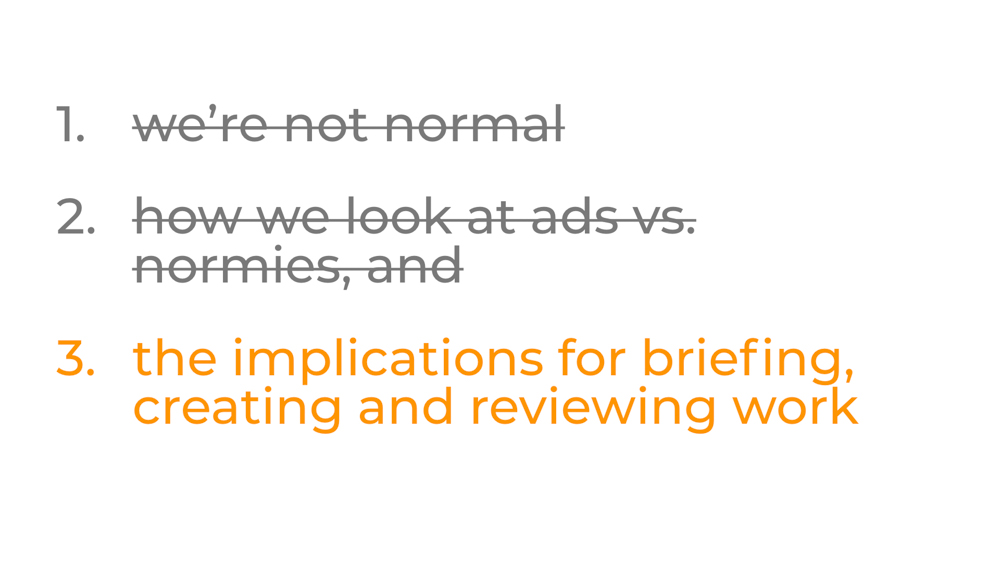
So, given all that, how do we change our behaviour in the office to make better work in the streets?
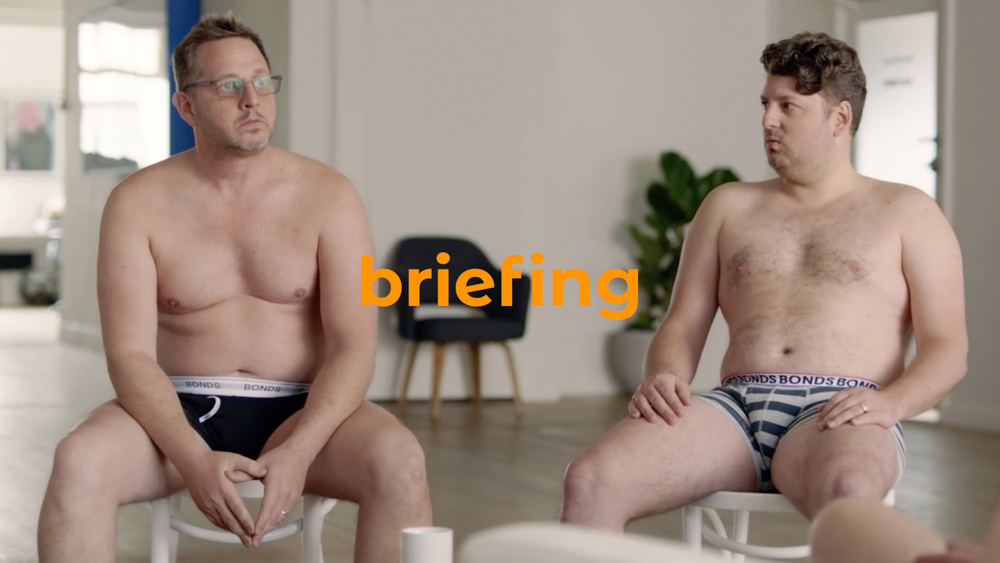
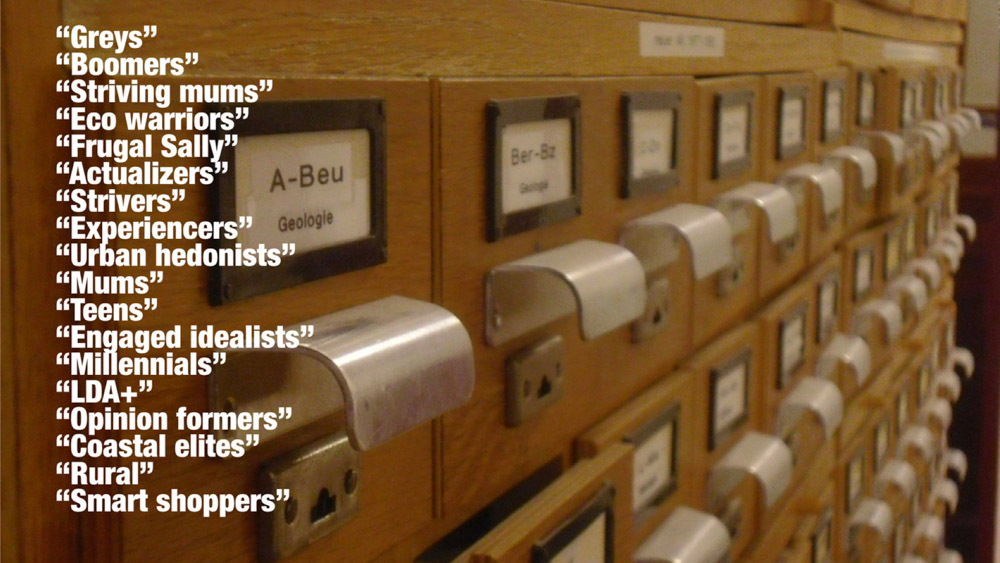
Do a better job of telling your creative teams what people are really interested in.
This slide stolen shamelessly from @mweigel and his brilliant Escape from Fantasy.
This slide stolen shamelessly from @mweigel and his brilliant Escape from Fantasy.
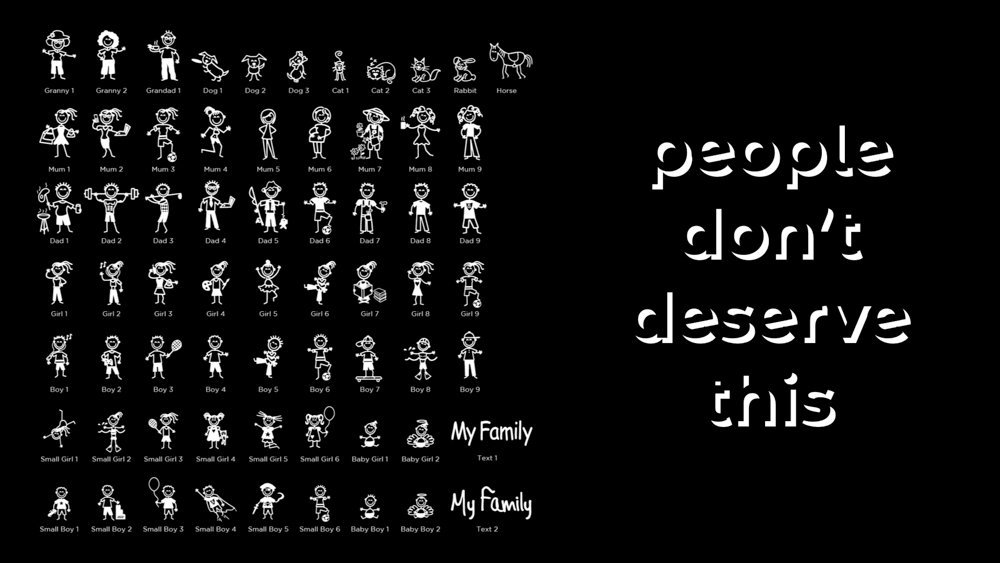
When we reduce people down to stick-figure personas it's easy to imagine they're messaging receptacles.
But when we're honest about what they're really interested in and put our work up against that it's easier to see whether or not it cuts through.
But when we're honest about what they're really interested in and put our work up against that it's easier to see whether or not it cuts through.
And stop talking about "authenticity". It's total bullshit.
Find the positivity in vulnerability.
Find the positivity in vulnerability.
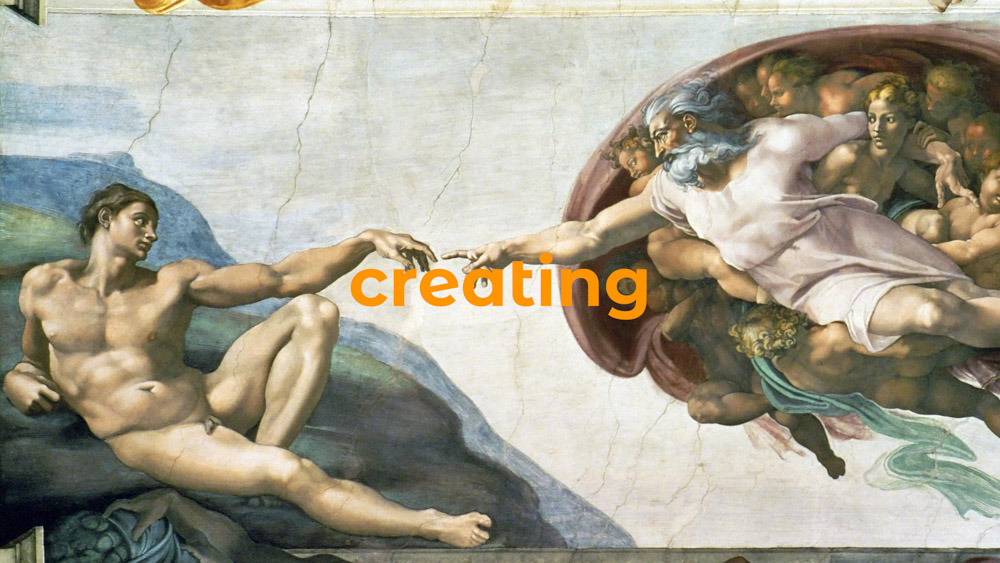
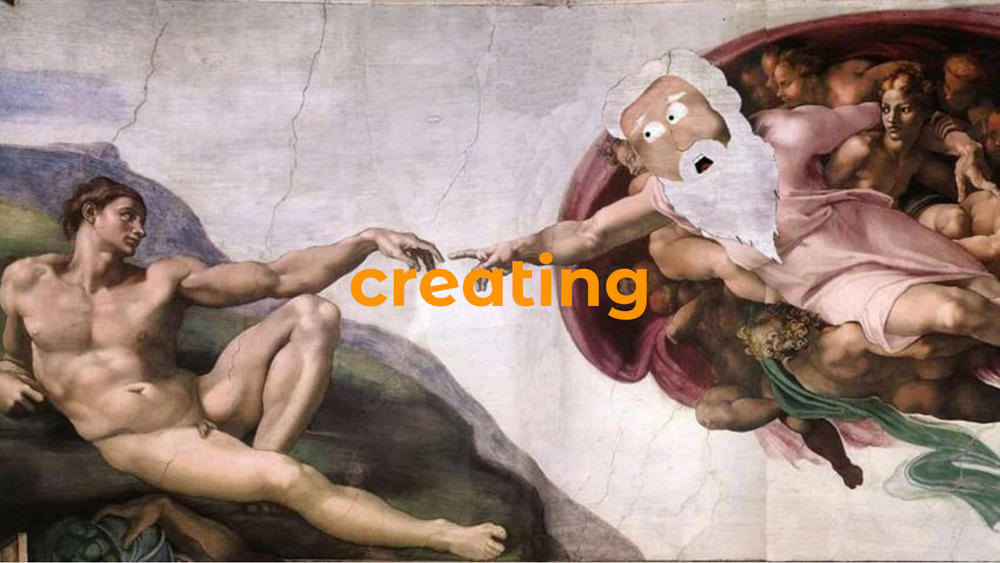
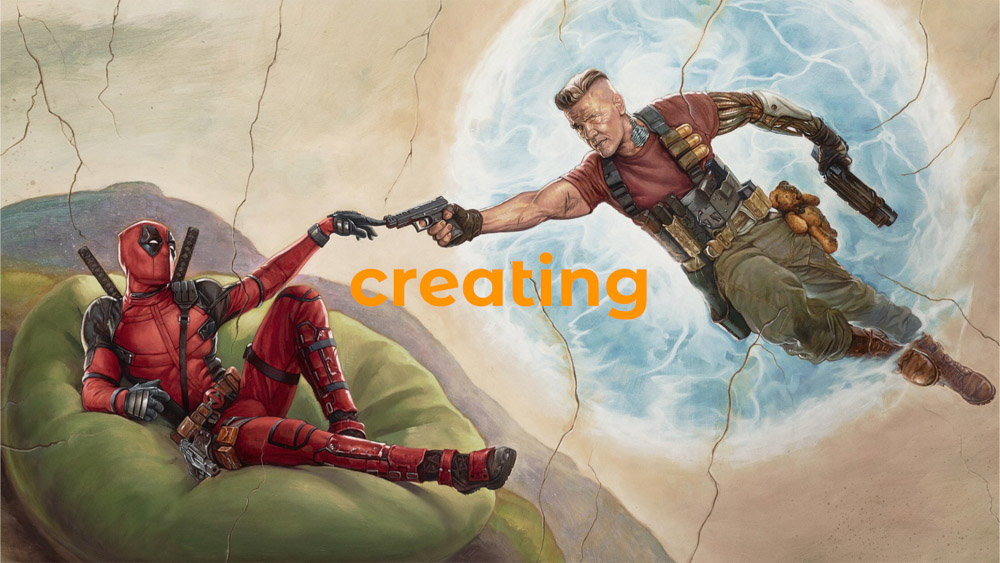
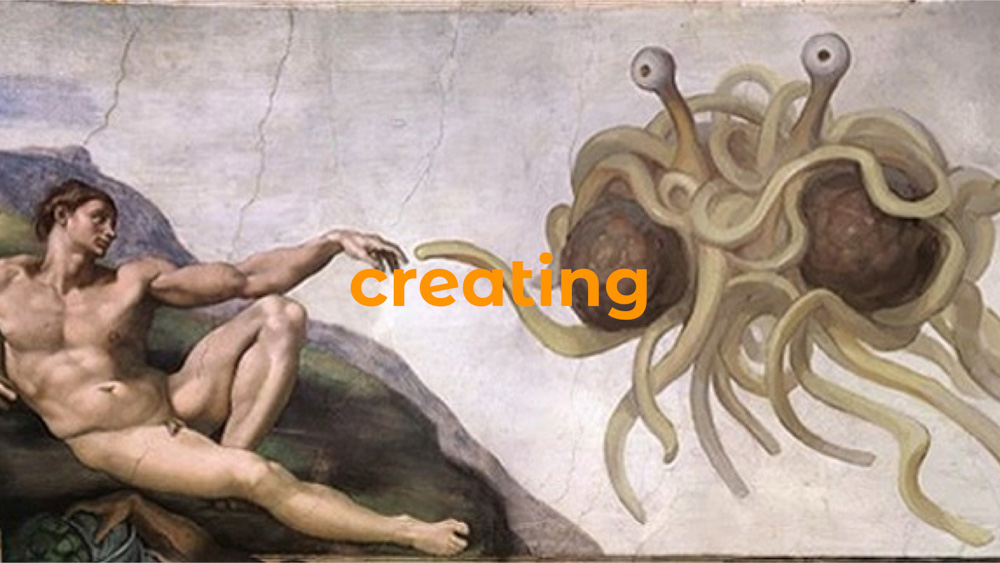
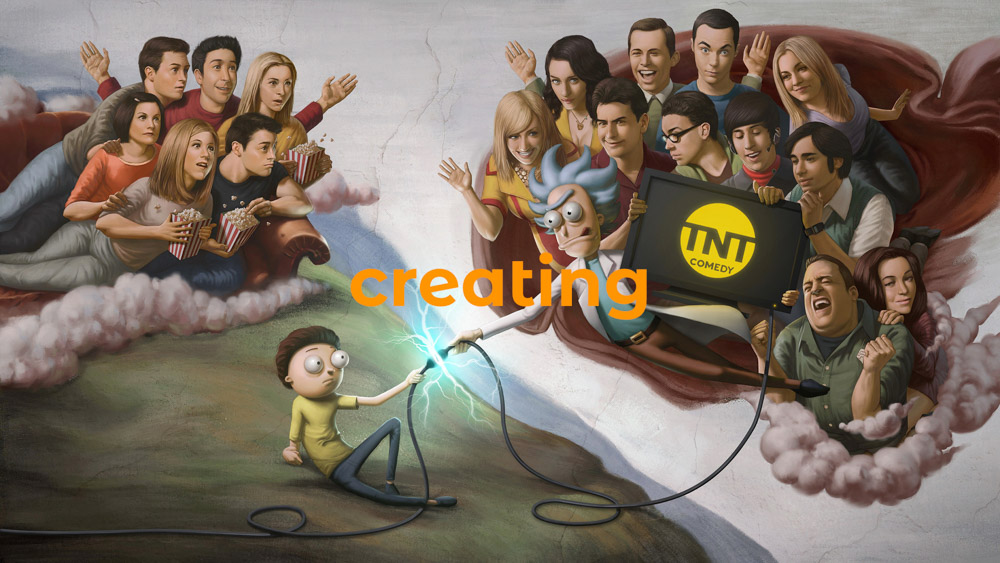

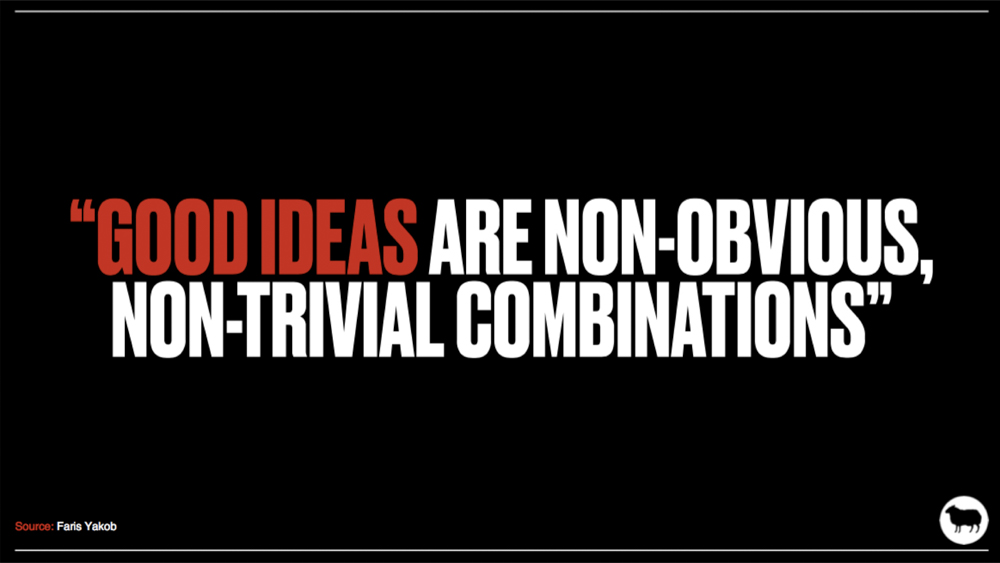

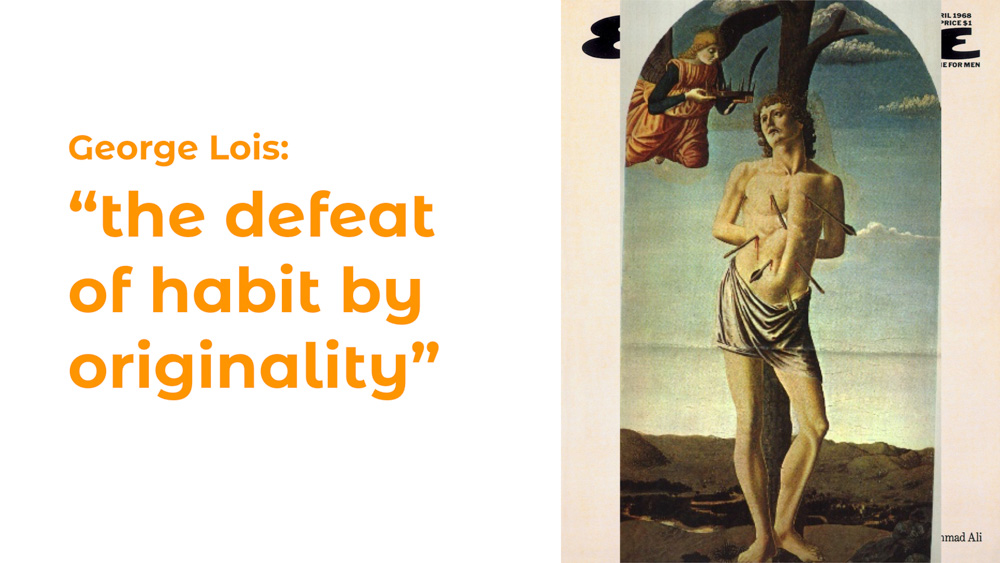

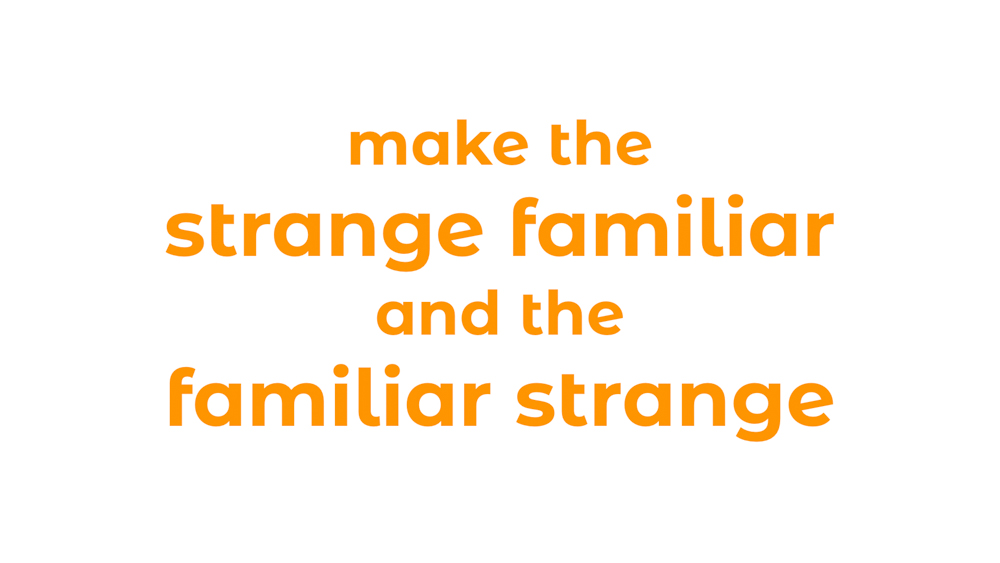
So if we're going to do this then we need to know what's familiar and what's strange TO OUR AUDIENCE.

And that means getting beyond what's familiar to us up there in our ivory tower...
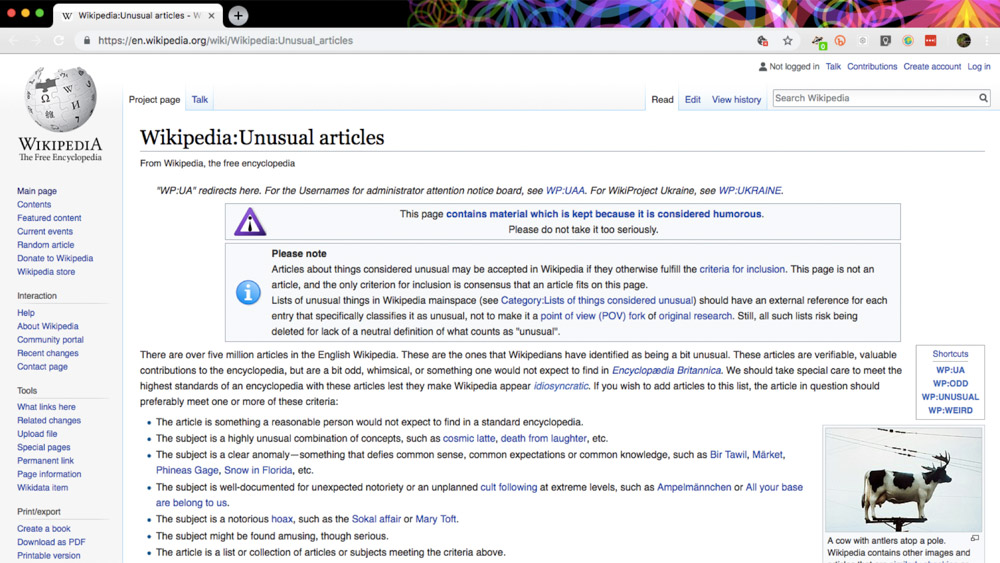
...and finding just the right amount of weird.
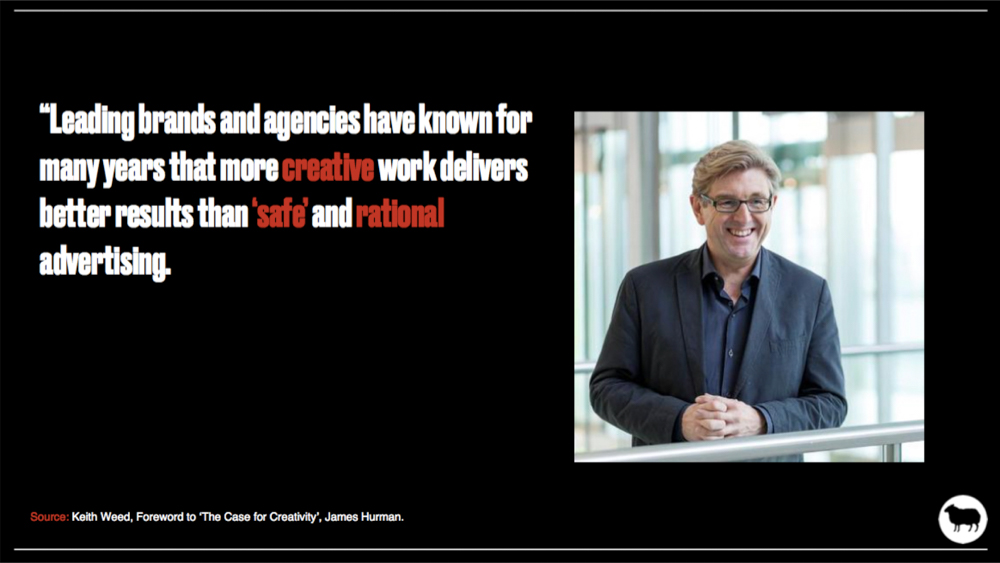
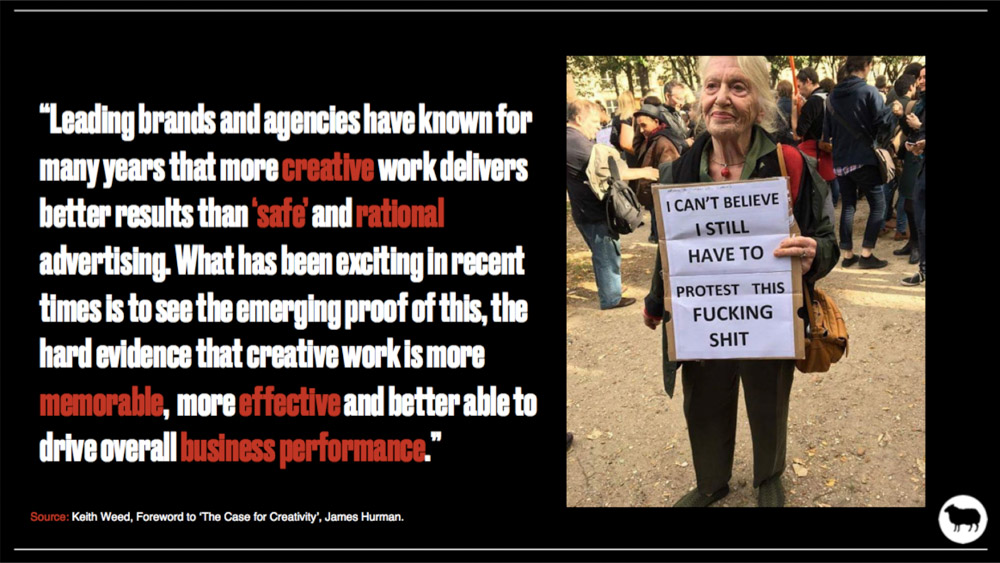
@tomroach is a saint, giftwrapping all the data we need to get the bean counters on side. Selling is part of the doing part of creating.
See the rest of Tom's charts on The Business Case for Creativity.
See the rest of Tom's charts on The Business Case for Creativity.
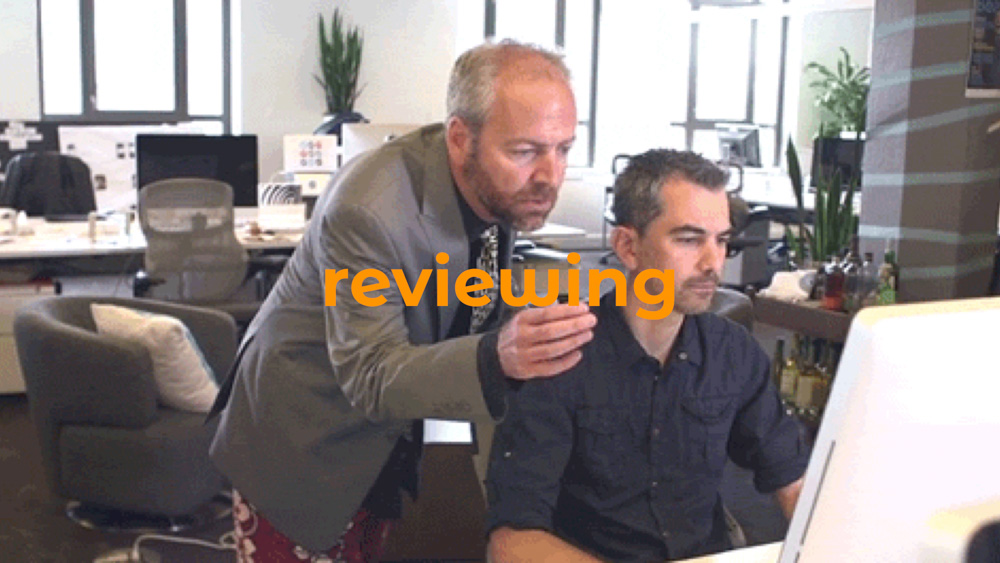
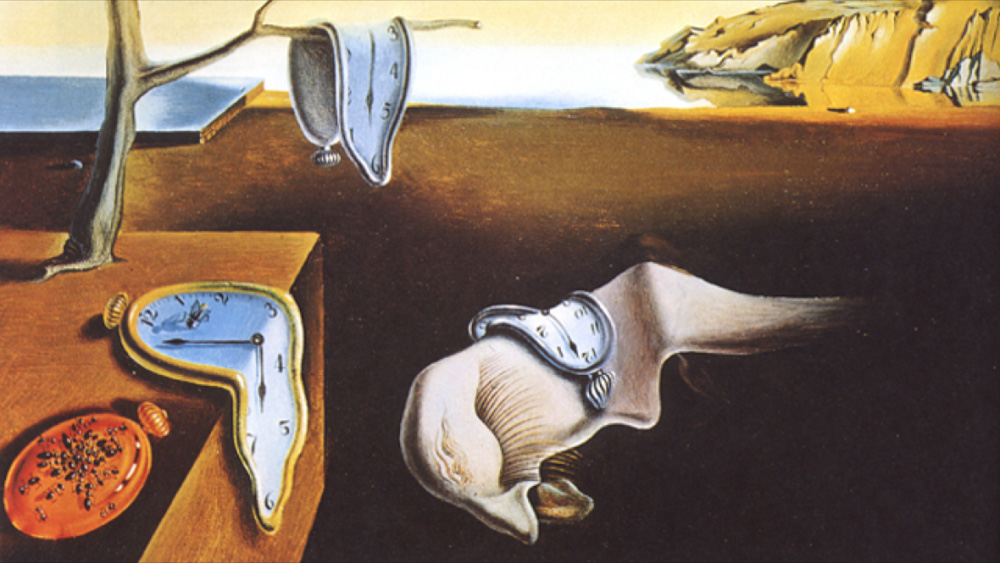
We have to understand the effect the amount of time we spend looking at something vs. the audience has on how we both perceive it.
Yes, spend every ounce of time we have available to craft it, but remember the time the audience has is fleeting.
Yes, spend every ounce of time we have available to craft it, but remember the time the audience has is fleeting.

And don't eat the cake ingredient by ingredient. Bob in Cardiff doesn't deconstruct it word by word, he views it in totality.
So step back.
So step back.
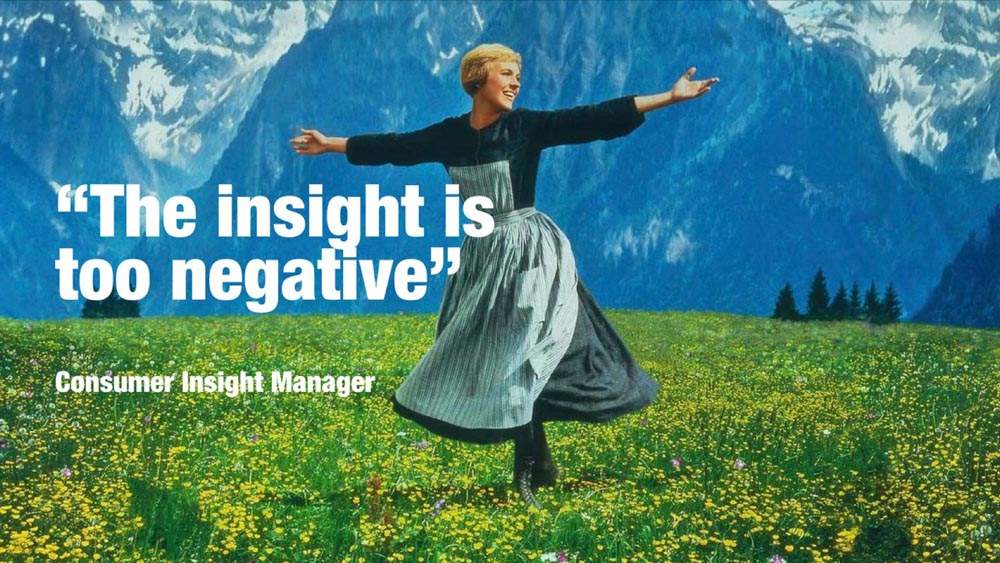
Don't be afraid of the full range of human emotion.
Don't fall into the trap of all positive, all the time.
Don't fall into the trap of all positive, all the time.
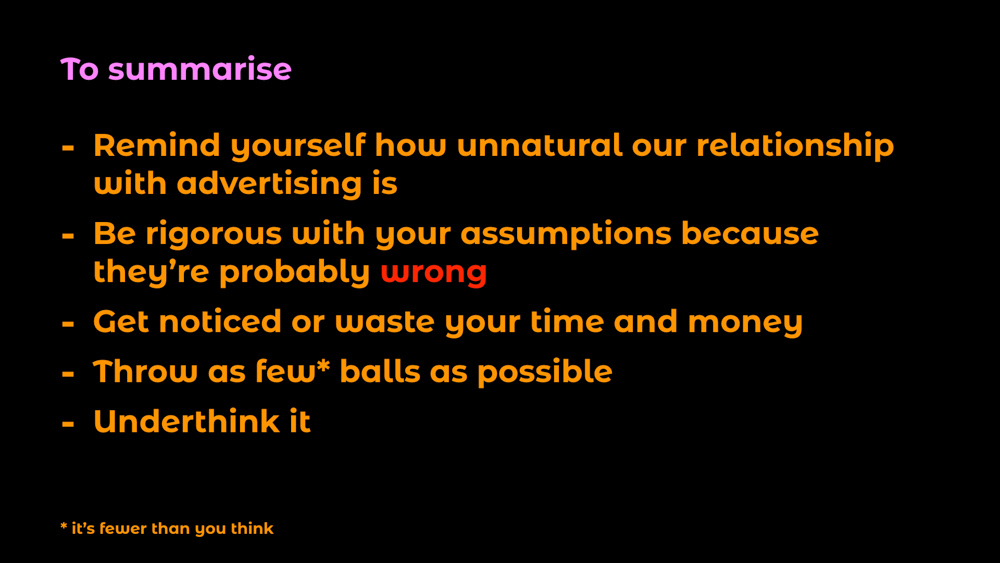
Thanks for listening.
Now go and unboringify the world.
Now go and unboringify the world.